The winding road of Photography
The shortest distance from point A to point B is a straight line. Although a true analogy, in photography, the road is more like a twisty adventurous road, with lots of detours, wrong ways, and steep cliffs. The only important thing is, how well we can adapt, learn and implement all the struggles and findouts from the journey. Before I will be able to tell you my story, I would like to tell you a little bit about myself.
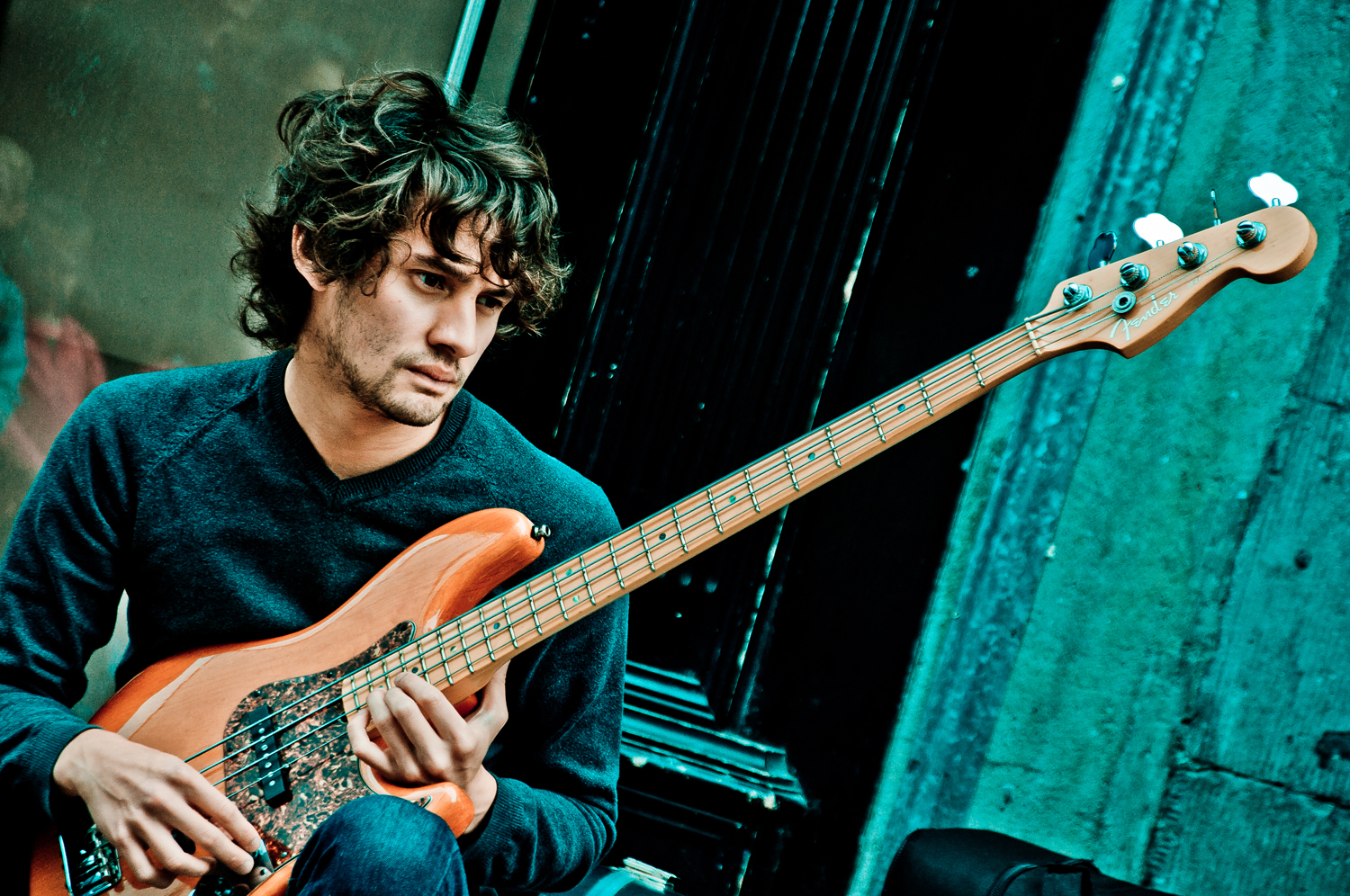
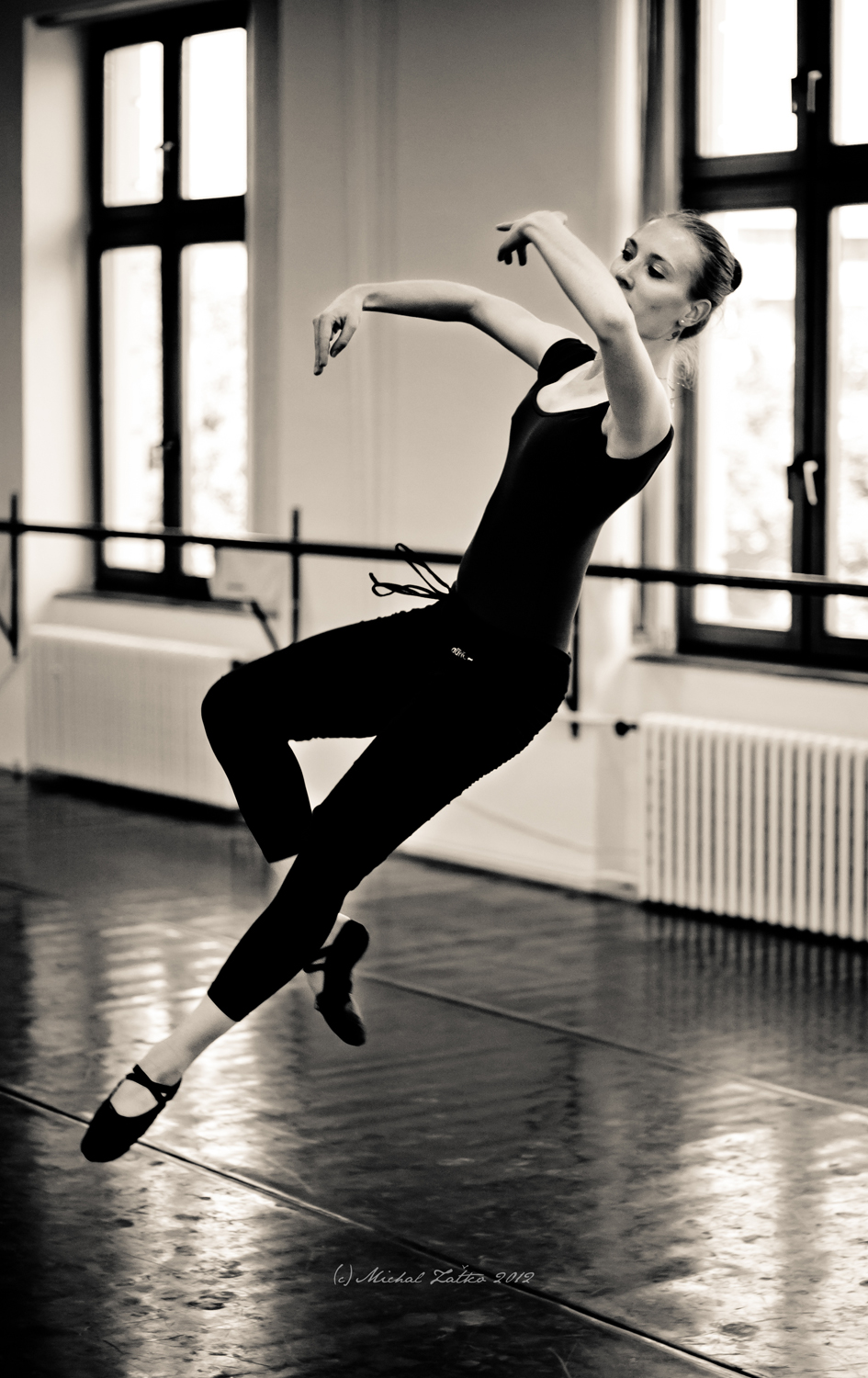

I was born, and I lived the biggest period of my life in Slovakia, a small but beautiful country in the middle of Europe. Slovakia offers enormous places where your heart just simply skips a beat during the exploration and later in the process of photo development, it has become my endless well of inspiration.
After young years spent in the north of the country, enjoying the careless childhood and, later, more difficult adolescence period of my life, I have moved to the bigger city Trnava, where I have begun my studies at the University. It wasn’t until then when I first encountered the photography, which was in my late 20s.
A little bit late start to be honest. Currently, I am living with my wife in the Czech Republic and the beautiful European metropole Prague, which is a street photography heaven and is offering all the goods that a simple street shooter can wish for.
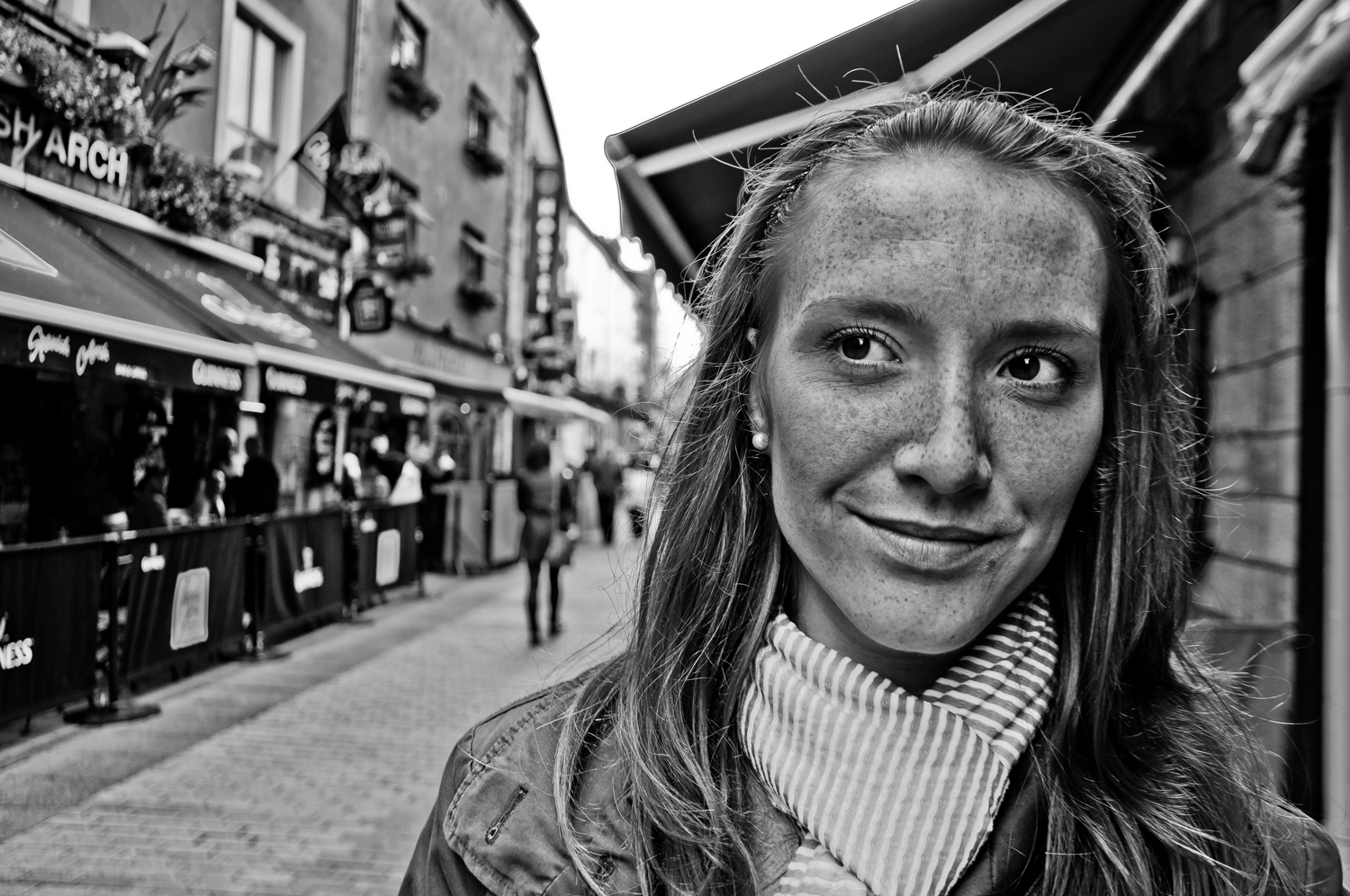
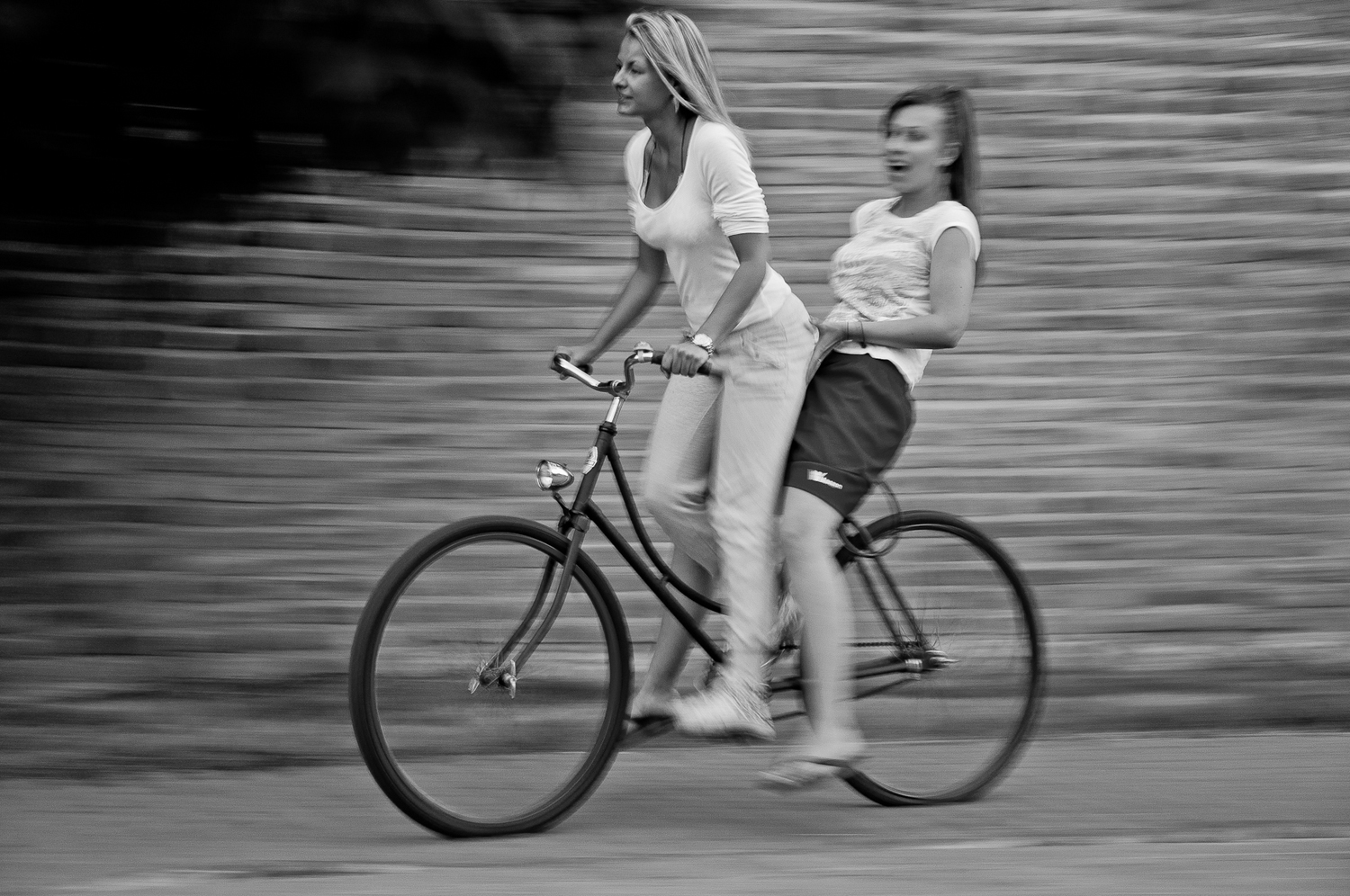
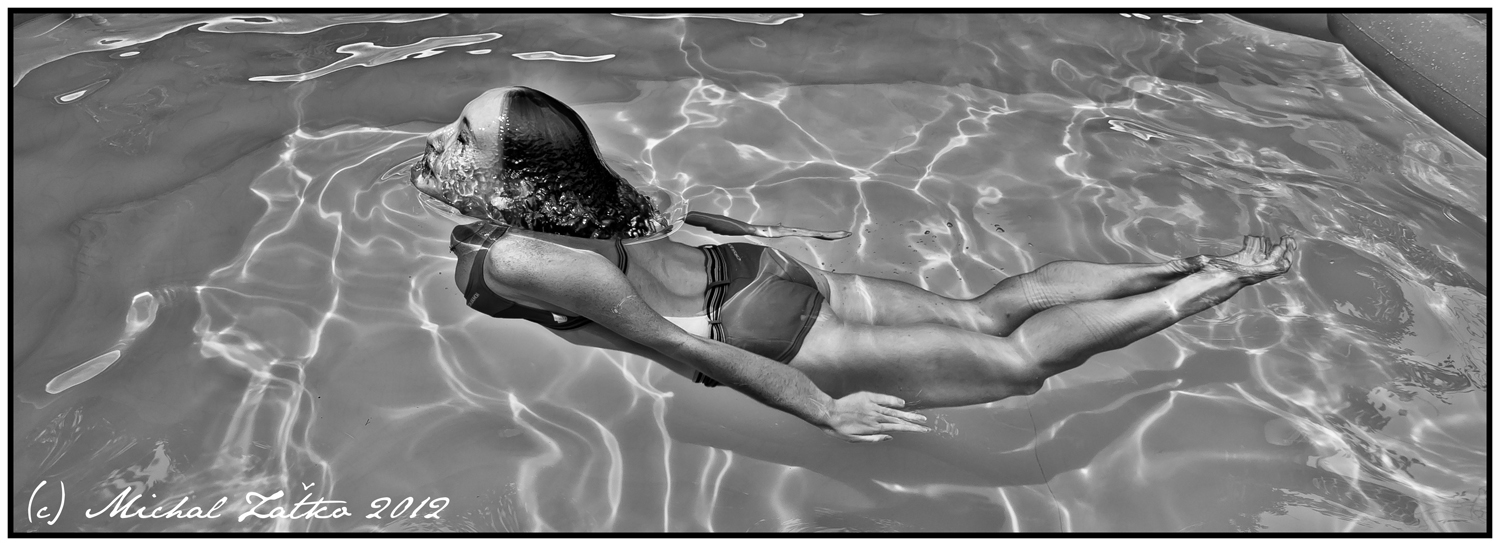
At the beginning of my photo journey, there was one person who not only showed the camera to me for the first time but has been also a great supporter and later admirer of my work. That person was my dad. He was never a professional photographer, neither it has been in any form his profession, but he has been shooting for the majority of his life.
I heard uncountable times about his first camera his mother bought him and the first photo he took – stones in the water, that has been really admired by the family friend, who has been a photographer at that time. He taught me the exposure triangle, what all the numbers mean and due to his preference, helped me to join the team Nikon unwittingly. At this point, I would like to say I was hooked from the beginning, but it was not like that for me. As I said, it wasn’t until my university studies, when I had really fallen in love with photography.
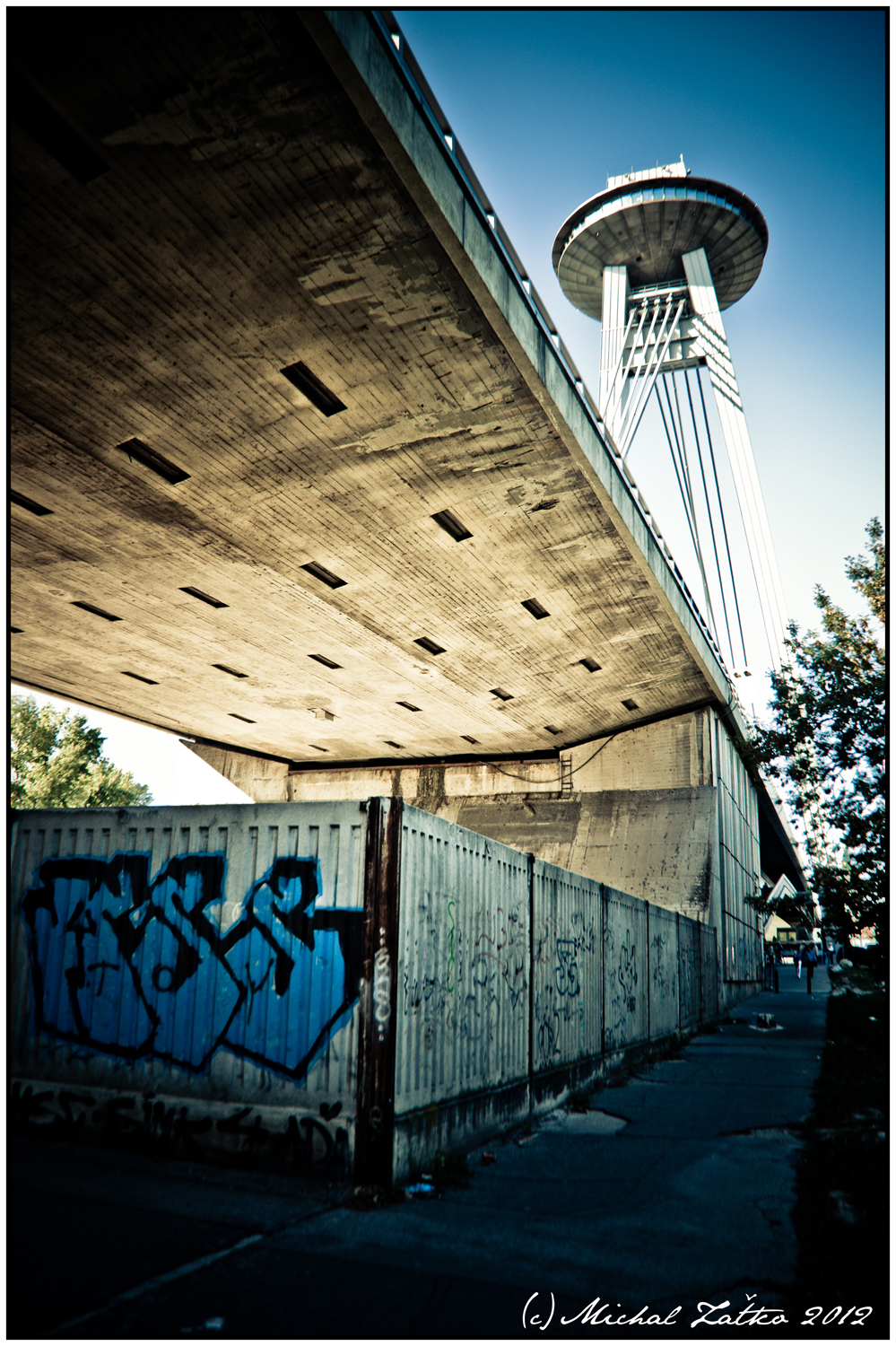
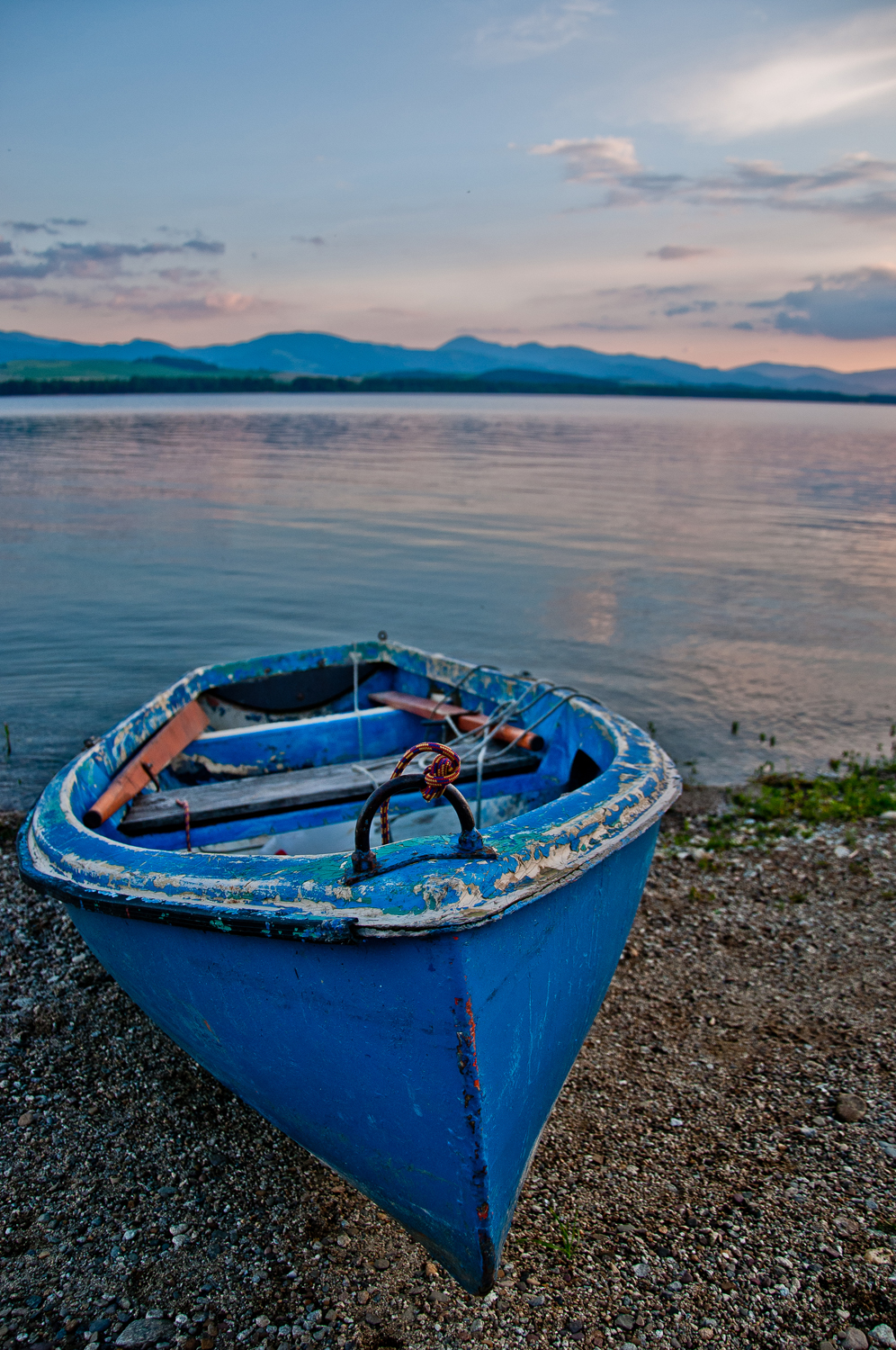
I had joined the photography club in the period when it wasn’t affordable to own a decent DSLR and the cameras in mobile phones have been more like a gimmick, than an actual photography device. Nowadays, I am truly amazed at how technology is evolving and is opening the possibility to shoot in great quality for the masses.
But back then, it was a pro DSLR world, where the quality of the photography and the “pro” effect has been acquired only by the biggest body, lenses and all the accessories. My first camera has been crazy expensive at that time, more so for the complete photography virgin as I was – a Nikon D90. I had even a possible two options for the starting kit, the 18-105mm f3.5-5.6 or the nifty-fifty 50mm f1.8.
Of course, why would I chose the smaller, limiting lens option when I can have so much more reach with the first option and of course, it looked bigger on my camera. One of the really basic rookie mistakes and hard swallowed learning points in the future.
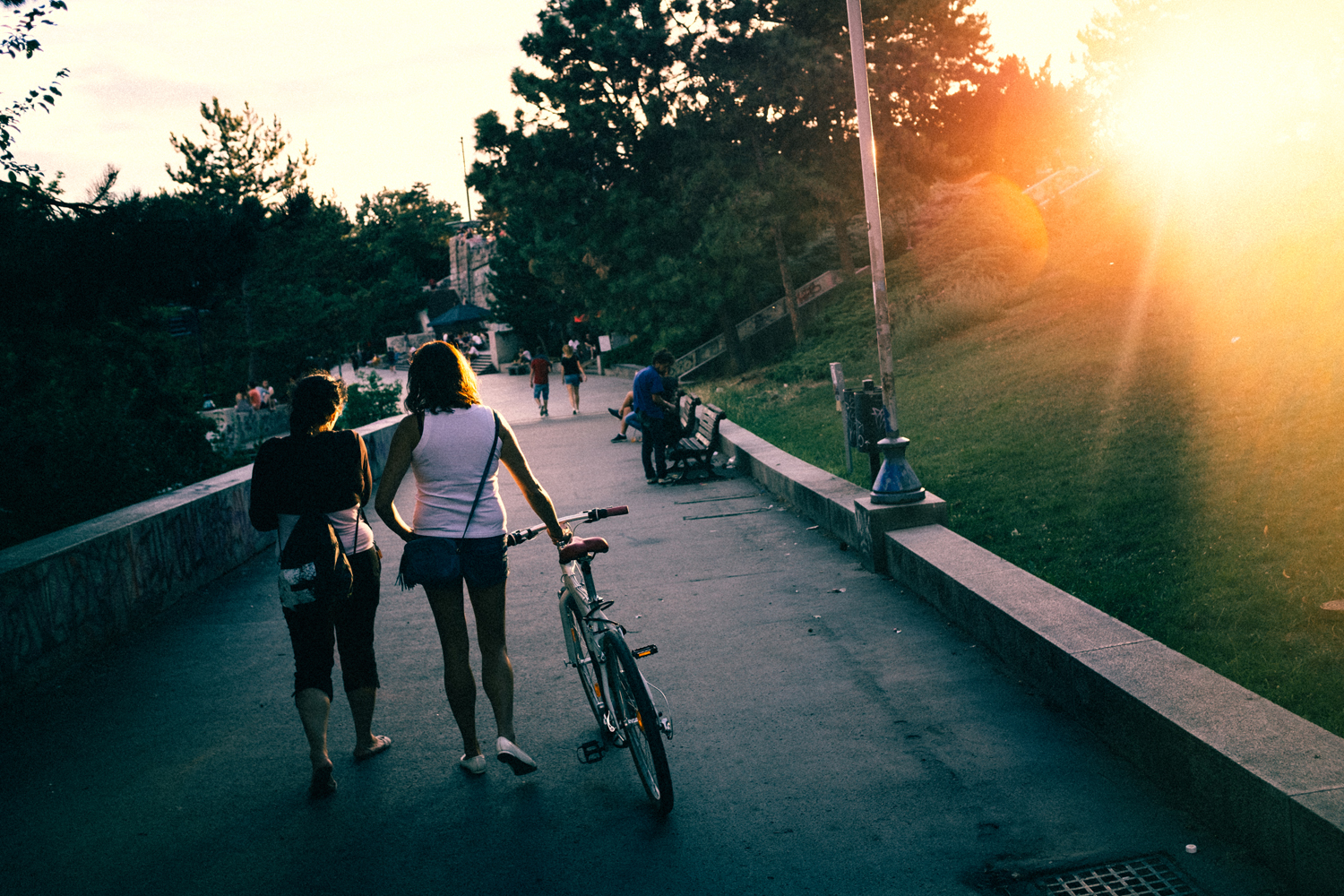
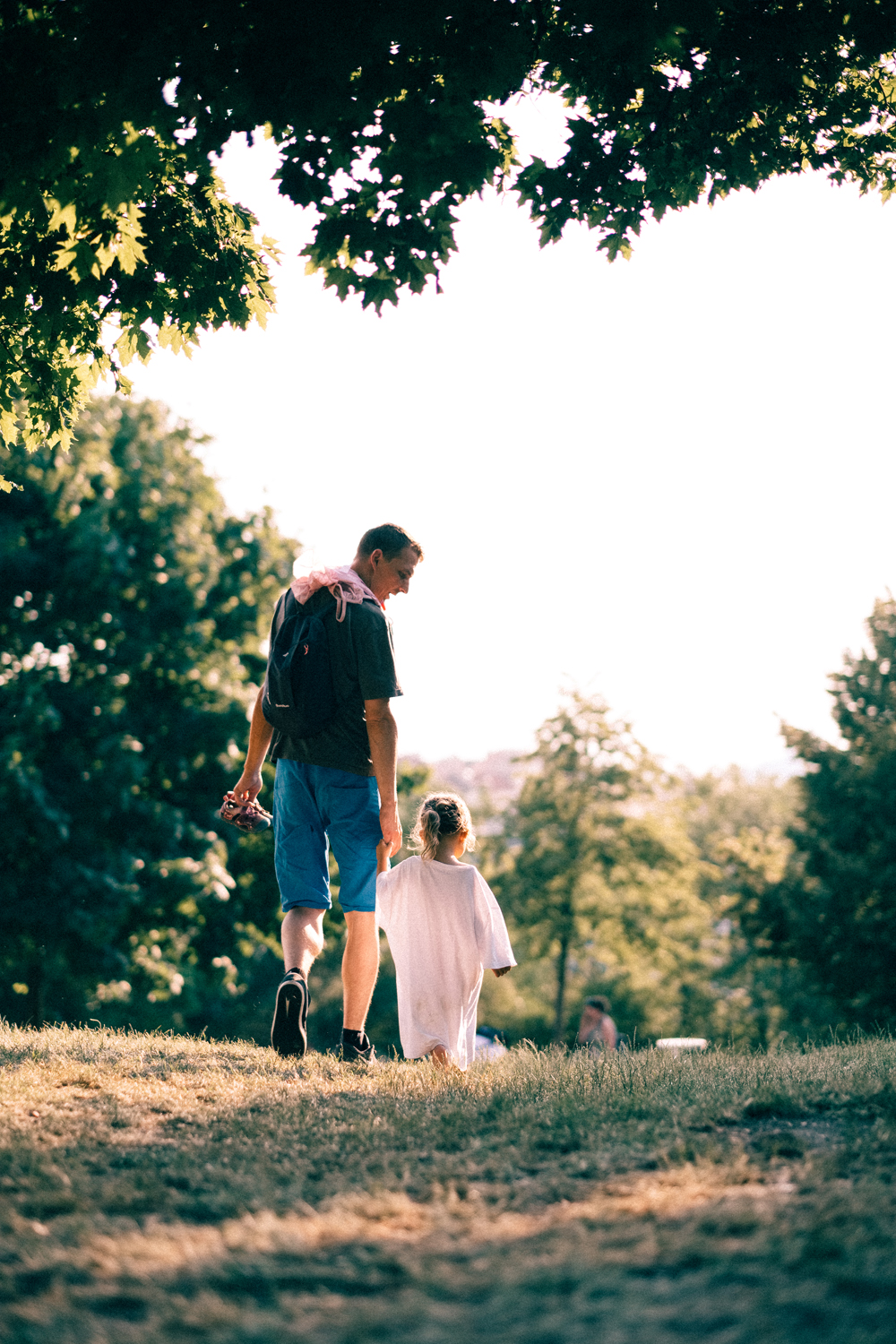
With no further decision-making process, I have jumped into the heavy GAS-oholic (Gear acquisition syndrome) and although photography has been the main point of interest for me, the technology in photography has been simply more interesting.
During the process of “tuning” of the camera, I have spent a fortune on battery grips, the big TTL system flashes and straps for the camera. All the stuff that is a “game-changer” when it comes to a quality photo. I am still tech fun nowadays, but when a took a look back, I am pretty sure that it has been mostly caused by the lack of photography guidance in the first year or so and therefore the results have been really weak.
Close-ups of the architecture, enormous over-usage of the bokeh effect and first tries of the portrait from the distances. I was not familiar with the usage of the camera and took it like a pro tool to make artistic content and the concept of the documentary has been a foreign language to me.
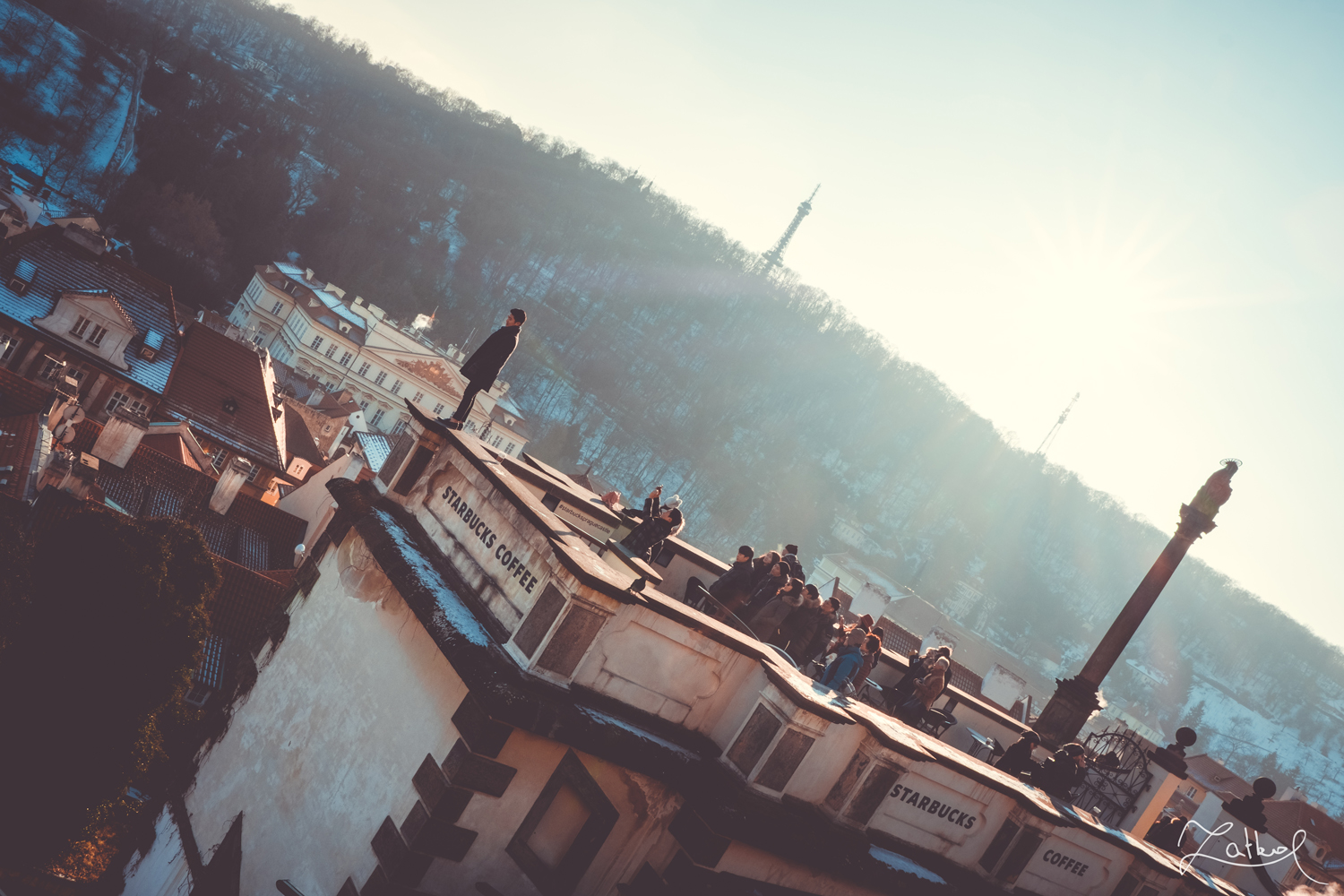
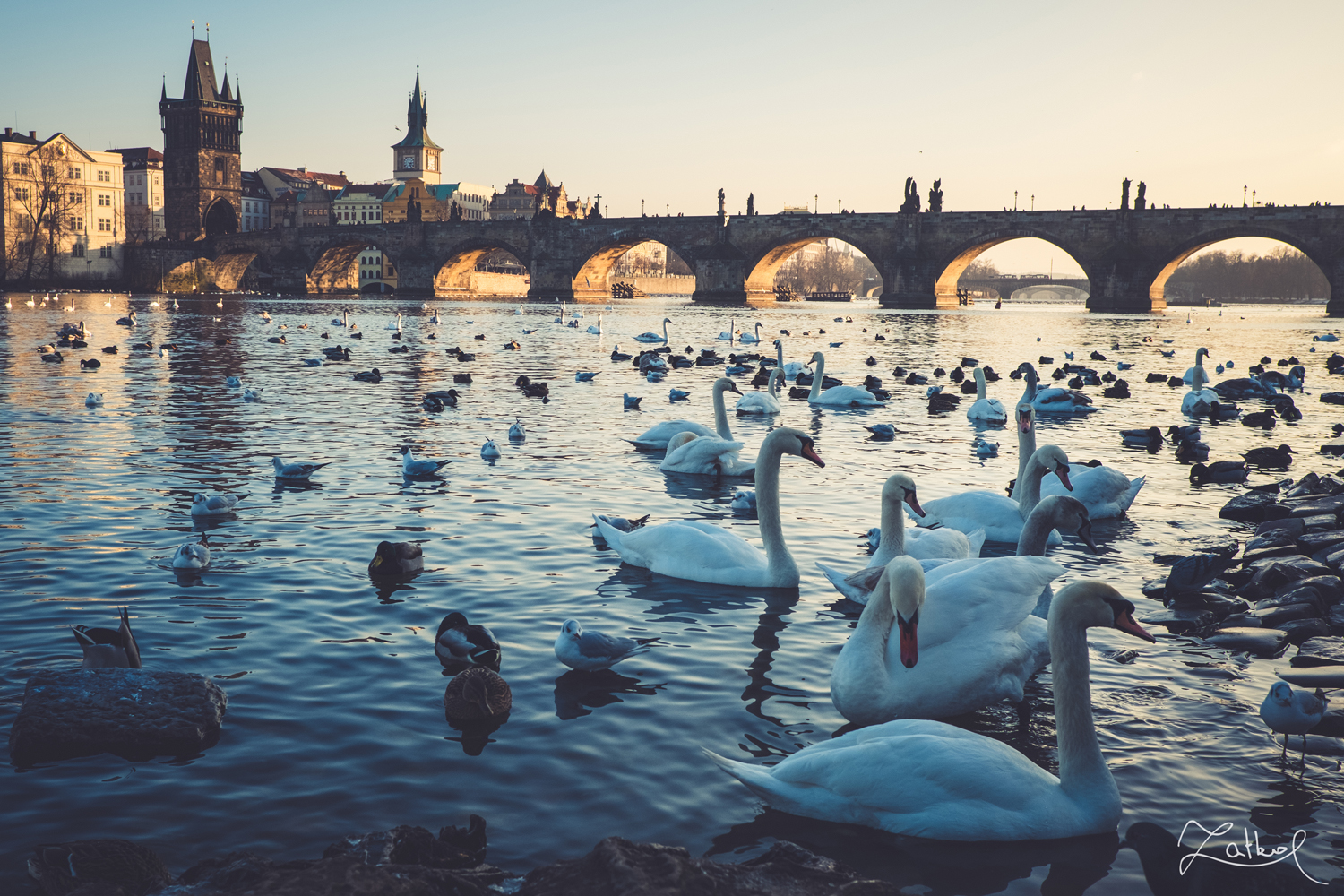
The biggest change has happened when I started to attend photography lessons at my University. I have learned the history of photography, how to approach the different genres, what can be achieved with it and most importantly, I have been introduced to the photography genre I have found myself into – documentary.
Since that moment, I have took my camera everywhere with me to shoot as much as possible, every time, always just to have memory cards fulfilled with a literally trash content over and over again. It took like two years until I have started to produce quality content and found myself my original expression in photography. But it has been the learning process and the learning process only that forms me and done me a better photographer every time I have gone out shooting.
I had my D90 with me all the time and I have decided that it was time to step up the game – go full-frame. There was nothing else than Nikon at that time, so the choice fell to the entry-level full-frame body Nikon D610 and one and only lens – 50mm f1,4. The focal length and limitations sculpted me into the photographer I am today. But the process of the evolving has just started for me there.
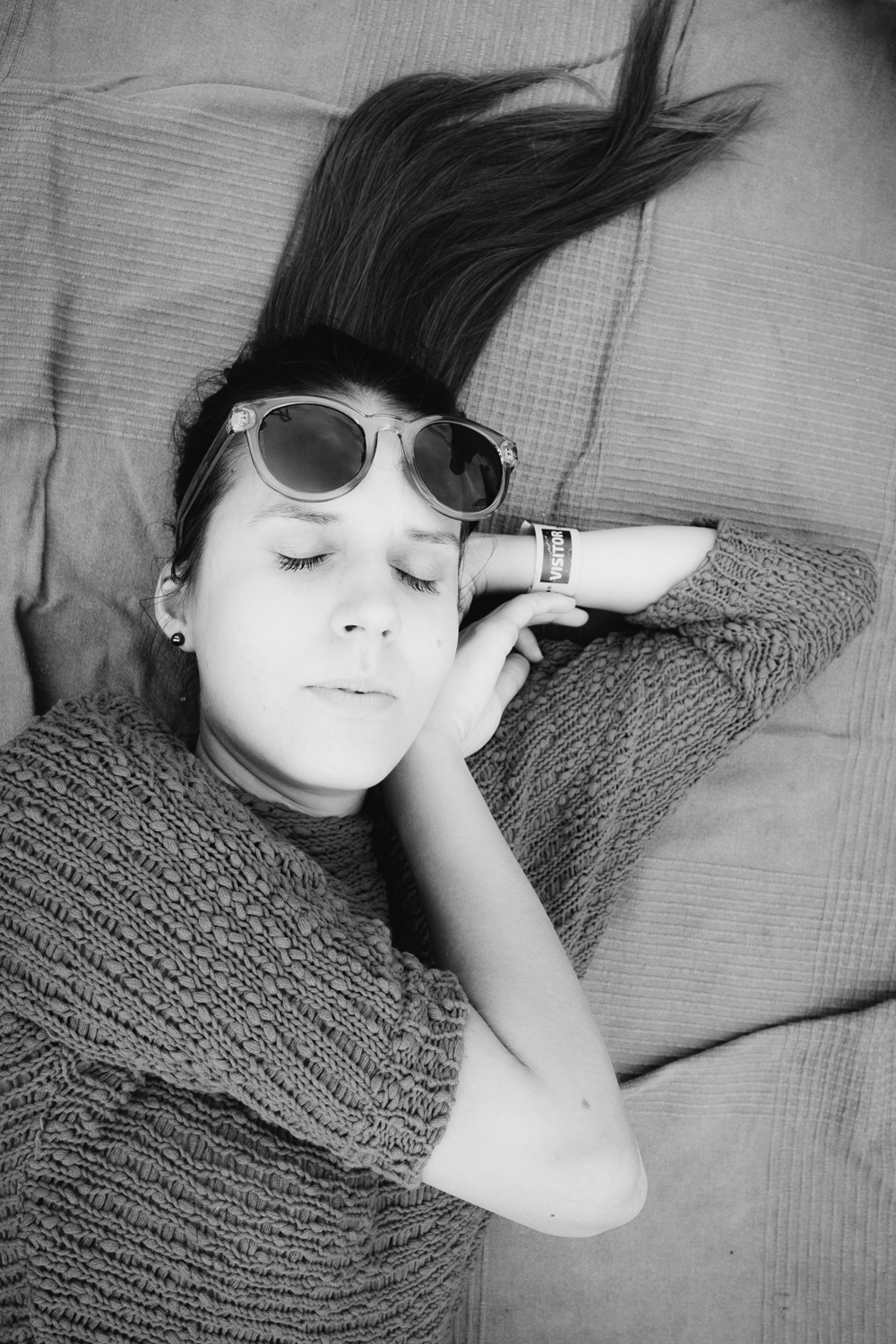
I am using this phrase a lot, but in my opinion, the technology we have today allows literally everybody to be a photographer. 90% of the content is published on the web in resolutions, where it’s hard to see a difference between a mobile phone camera shot or 10k camera setup even for a trained professional eye.
Back then I used to say that good photography is not possible without a professional kit. Nowadays, I am more open to this question. Of course, not everybody can be a good photographer, but the best camera for capturing life around us is a camera that you have with you all the time. An old saying, but nothing compares to it when it comes to the meaning. After getting the Nikon D610, my photography has been really struggling a lot.
It has been exactly during the time when I have moved to Prague, enjoying life with uncountable opportunities for the amazing shots, but the shots that have never been taken. Although I have been really satisfied with the results getting from the D610, I just simply never had it with me due to the size and weight. The thing that almost ended my interest in photography at all.
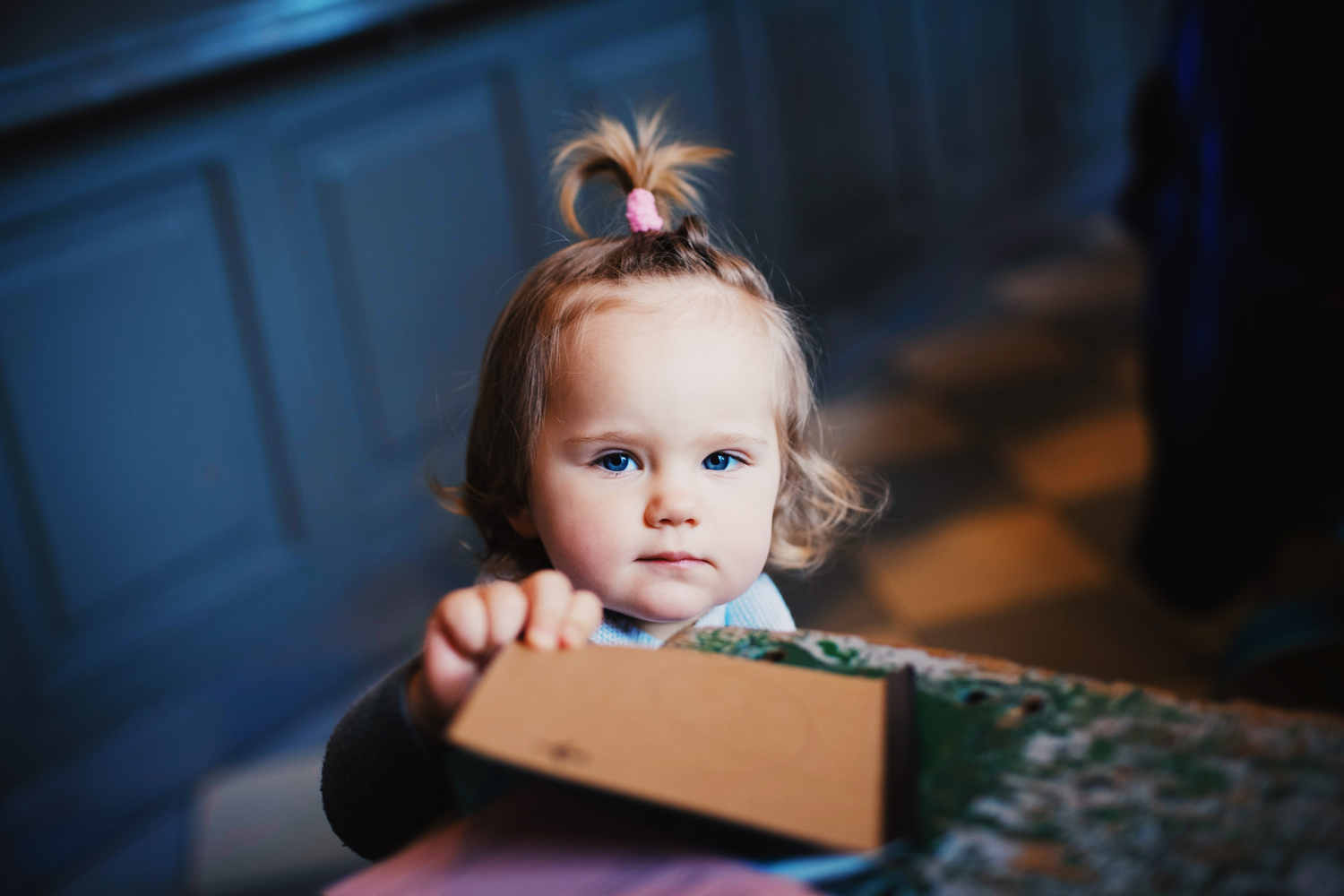

Within the options available on the market these days, it has been really hard for me to orientate as a person who knows nothing but DSLRs from Nikon. I remember like it was yesterday when I have seen the Fujifilm X100 camera for the first time.
It was the X100T, so the third iteration at that time, and I told to myself that it was the most beautiful camera I have ever seen, period. I started to look for the Fuji system, learned what does it mean to be a mirrorless camera and ended up with only two possible solutions for my struggle in photography – Fujifilm or Sony.
I have decided to sell all my Nikon gear counting pretty good range of lenses (Nikkor 24-70mm f2.8, Tamron 15-30mm f2.8, and Nikkor 50mm f1.4) and go for the mirrorless. In retrospect, I am so much grateful that the Sony system has been always so expensive and that I have ended with Fuji, because it was a decision that saved my photography as a whole.
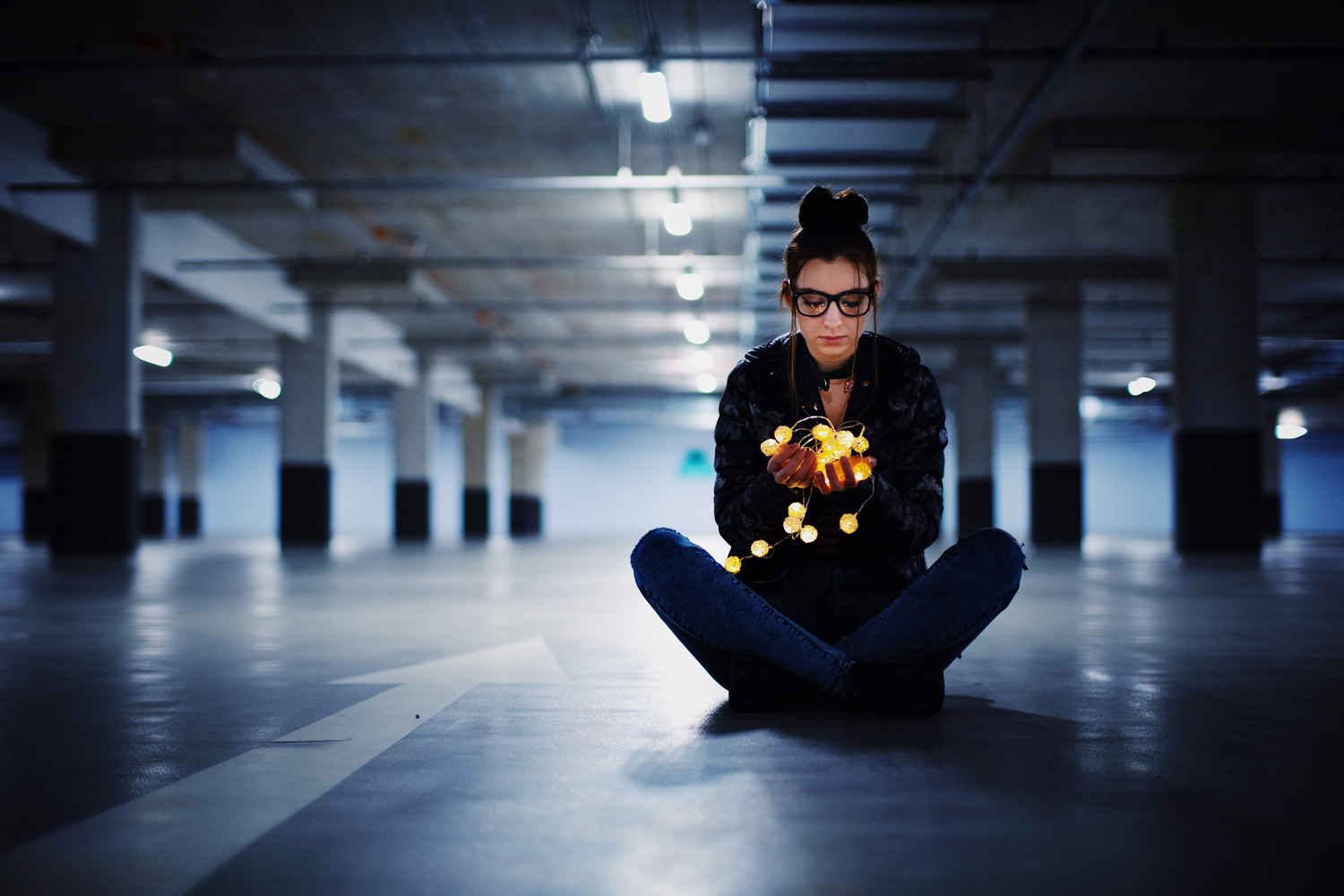

The Fujifilm period has been a true renaissance for my photography. I adored the X100 series but I was afraid to jump into a fixed lens system, and therefore ended with the best option (in the paper) at that time: the Fuji X-T2, but with all the goods that have been possible to buy – 56mm f1.2, 16mm f1.4 and the 23mm f2.0. I have fallen in love with the system from the beginning. The size of the system, functionality, handling, styling and the colors.
Oh my god, the colors that came from the system were nothing that I have seen previously. I had my camera with me all the time once again, creating the content I have never been able to create before. A camera is just a tool in the hand of the photographer, but if there is anything like it, the Fuji system made me a better photographer.
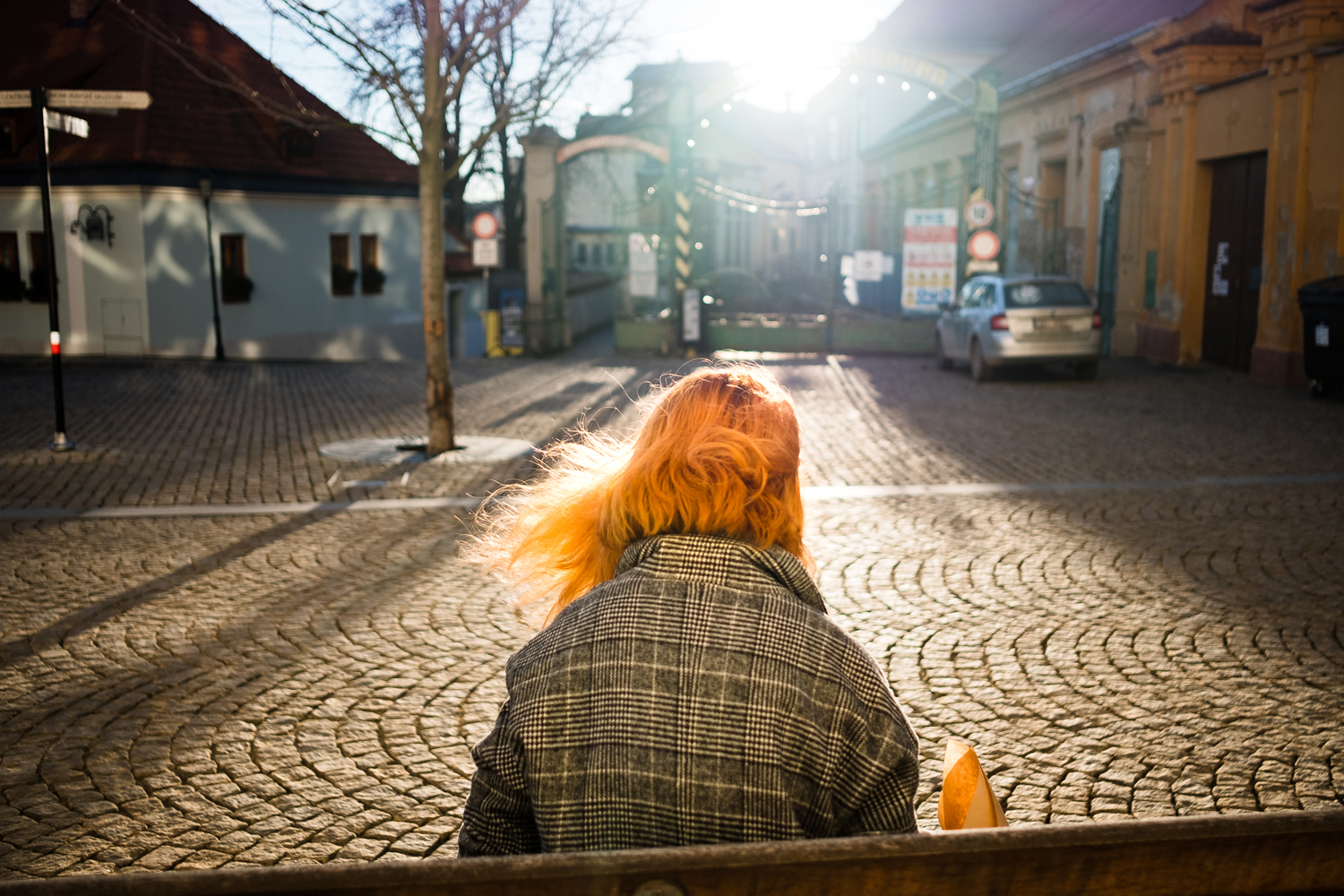
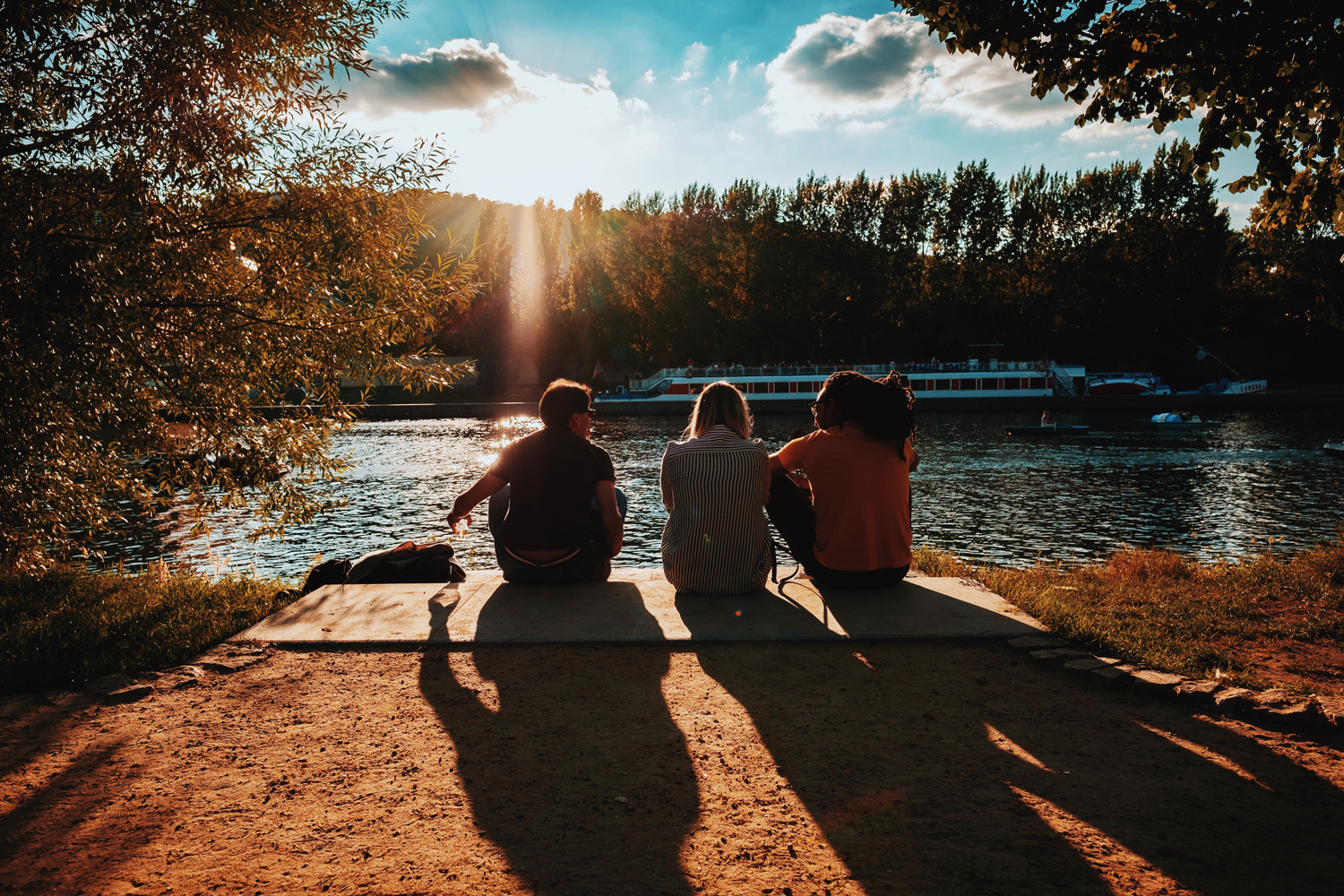
The evolution continued with the presets I have used, leaning more into the cleaner, more distinguished street photography. Every photographer has a learning curve and I think I have reached, with the help of the amazing system, my personality in the photos that is recognizable and addressed.
From the beginning I know I had to own the X100 in the first place since, in my photography, the 35mm is like a sweet spot for the focal length and I have been so impressed with the Fujinon 23mm f2.0. I have bought an addition to the system – the newly introduced Fujifilm X100F at that time, and what a camera it has been. Truly a masterpiece in design and craftsmanship.
I loved that camera from the beginning but because of it haven’t been using the X-T2 so much. The reason was that the rangefinder-style suits me better and, because of that, I made the decision to go for the X-Pro line, and purchased the X-Pro2 after I have sold both X-T2 and X100F.

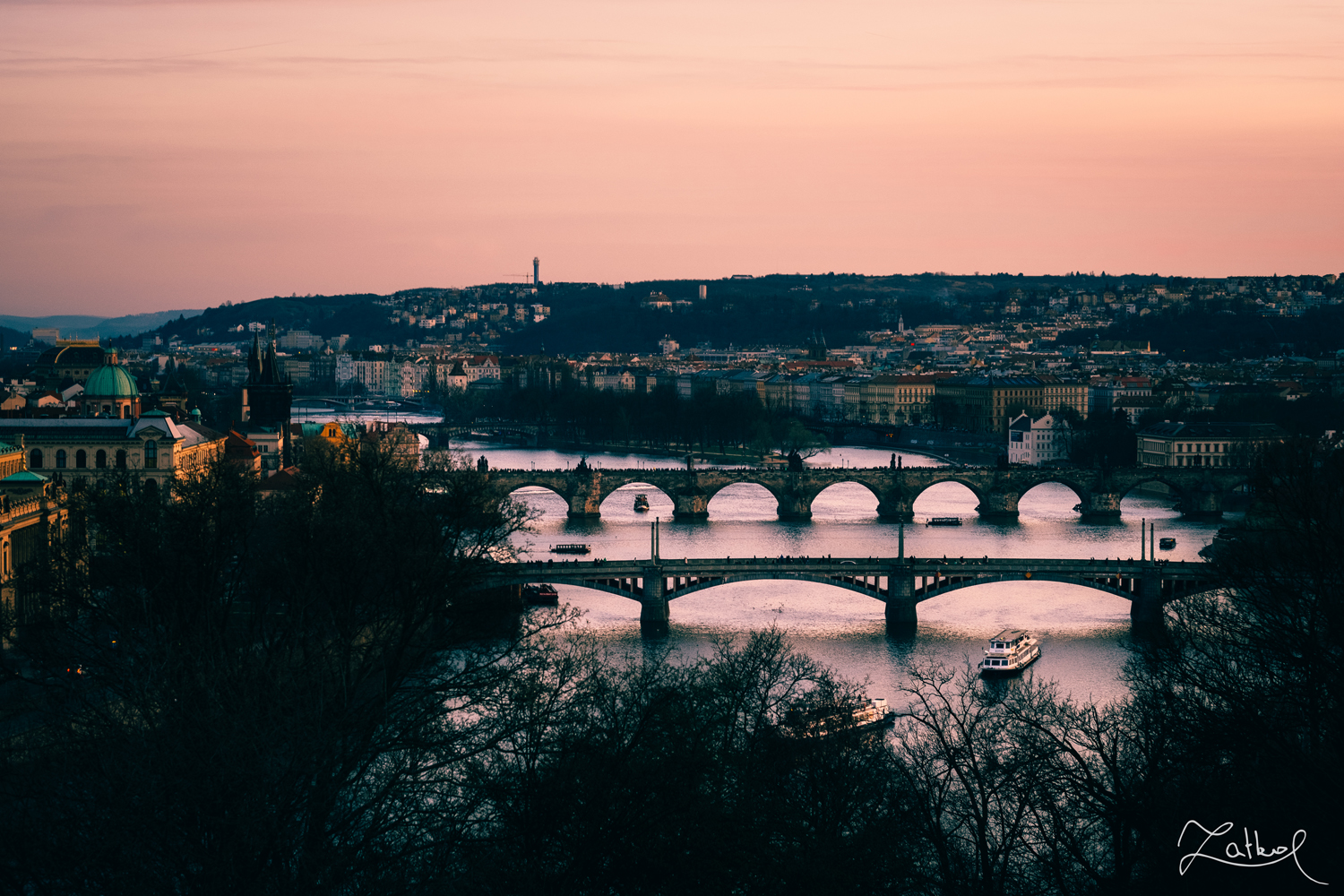
The X-Pro2 has been something else. It is really interesting how the design and the style of the camera can influence your photography, although the technology behind it (chip, processor, lenses) is the same. It has been my favorite camera of all time and spent with me the biggest part of my photography life.
It has its quirks, like shifting dioptre correction or a viewfinder that is not on par even with the X100F as a lower class (however the class on its own) camera. It has been like Christmas when I first heard about the upcoming X-Pro3 body. Immediately put myself into a waiting list.
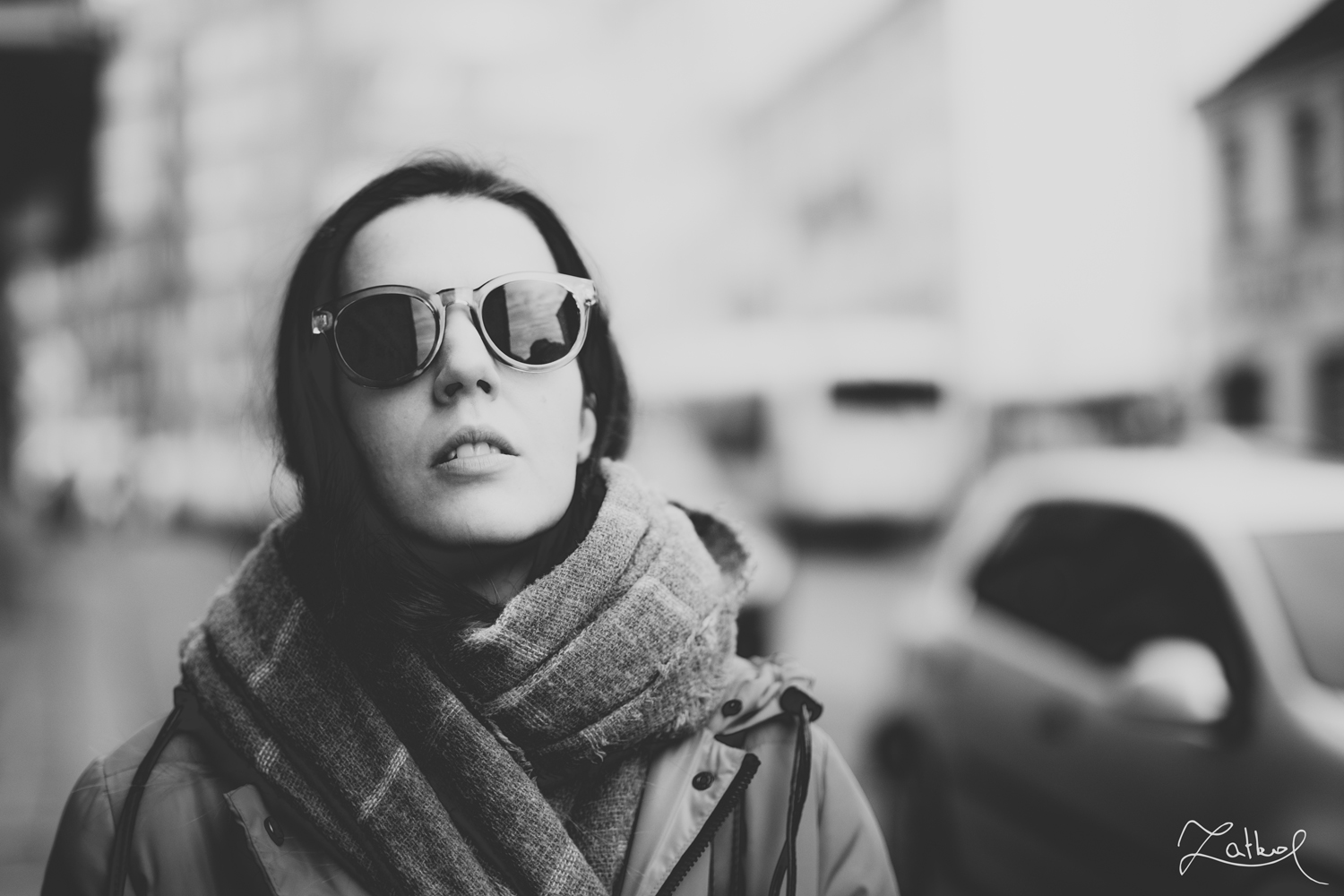
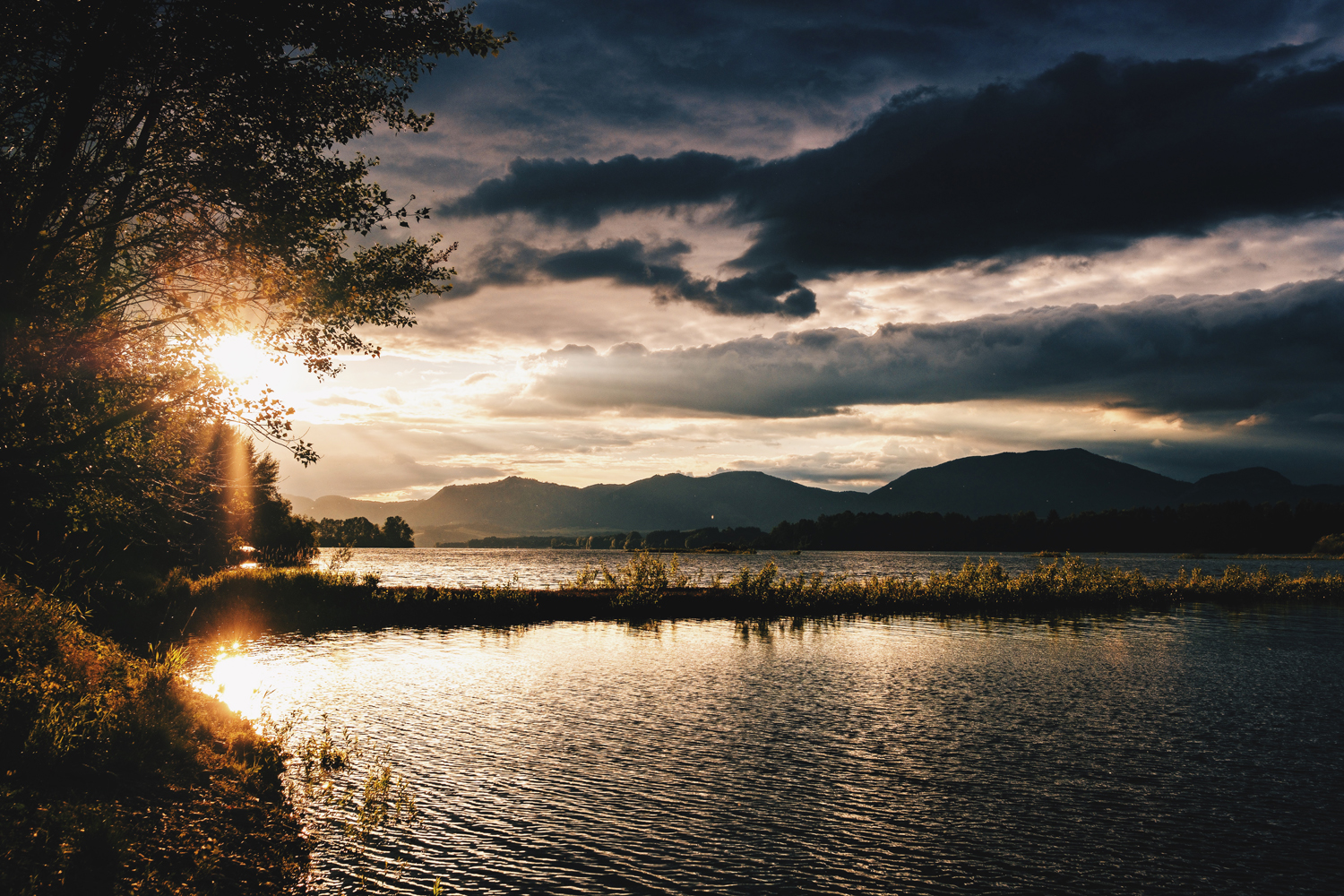
As a photographer grows and creates its own identity, it is eventually becoming clear what he/she really needs for photography and what is essential to have. Currently, my gear setup includes two bodies – X-Pro3 and X100V (This camera is a chapter on its own.
I knew I will have one, as the fifth iteration was the one that really stood out to me and persuaded me to buy.) and just two lenses. 16mm f2.8 (1.4 is an amazing lens, in my opinion, the best one Fuji has ever made, but the size has taken its price and the f2.8 is a more versatile option) and the manual Mitakon 35mm f0.95 (the best lens created for the Fuji system by the 3rd party producer, period!).
For my photography, it is the essential setup, and although I’m still a technology fan, I know, that with this I can create everything I would like to. The system also allows me to use a JPEG 99% of the time and the RAW is used only for professional work like weddings or product photography. In the editing, it really speeds up the process and I know I can rely on the JPEG 100% and can spend so much more time shooting than using Lightroom.
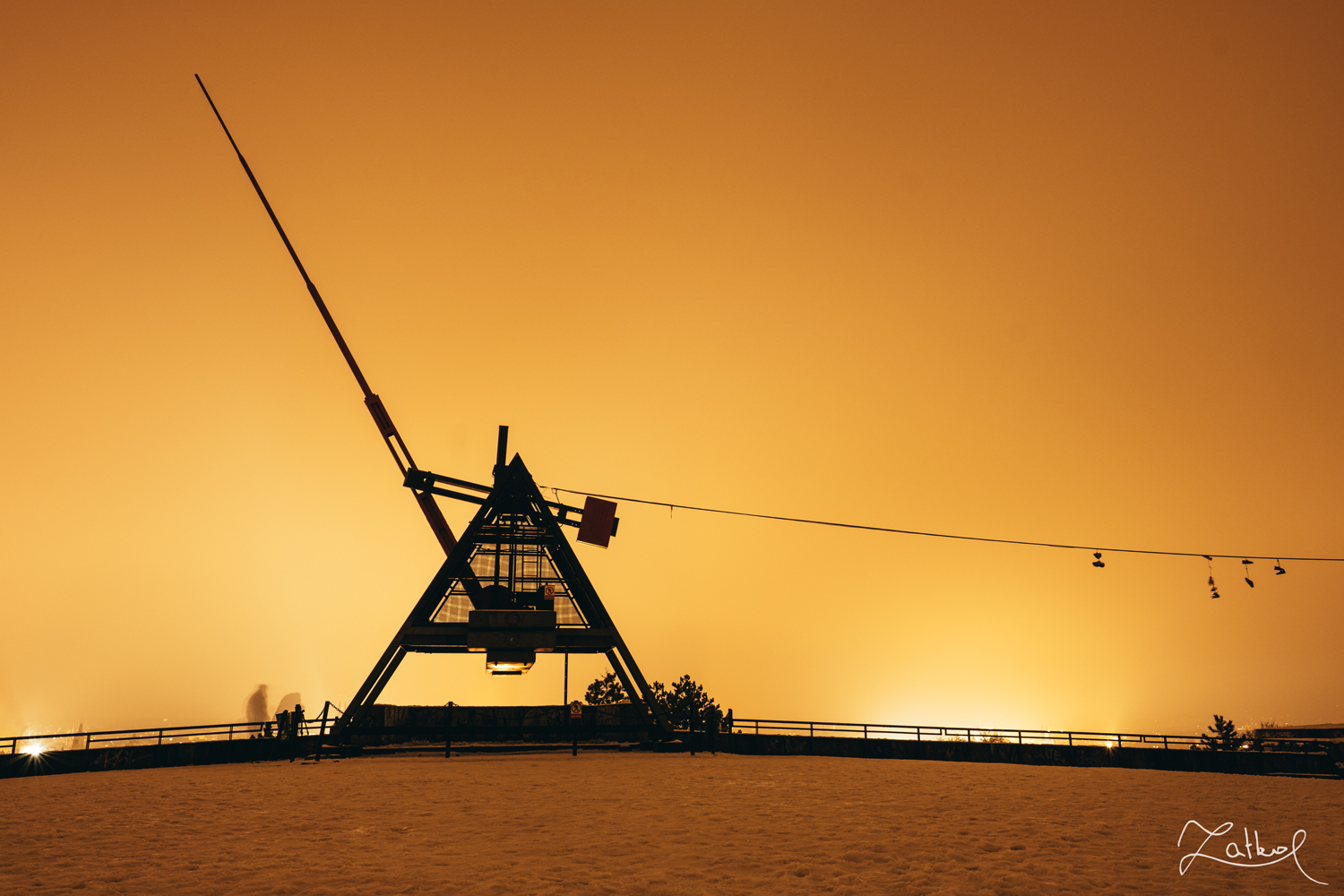
Photography for me is an ideal opportunity for expressing myself and to show others how I see the life around us. Photography can be blurred, underexposed, rectangular or taken with your cell phone camera, but it has to contain the soul.
It has to speak to you, creates emotions and locks your attention even for a breeze amount of time. Then, when you can achieve this with your photography, you can call yourself a photographer. The Fujifilm system becomes the extension of my vision and helps me to become a photographer on my own.
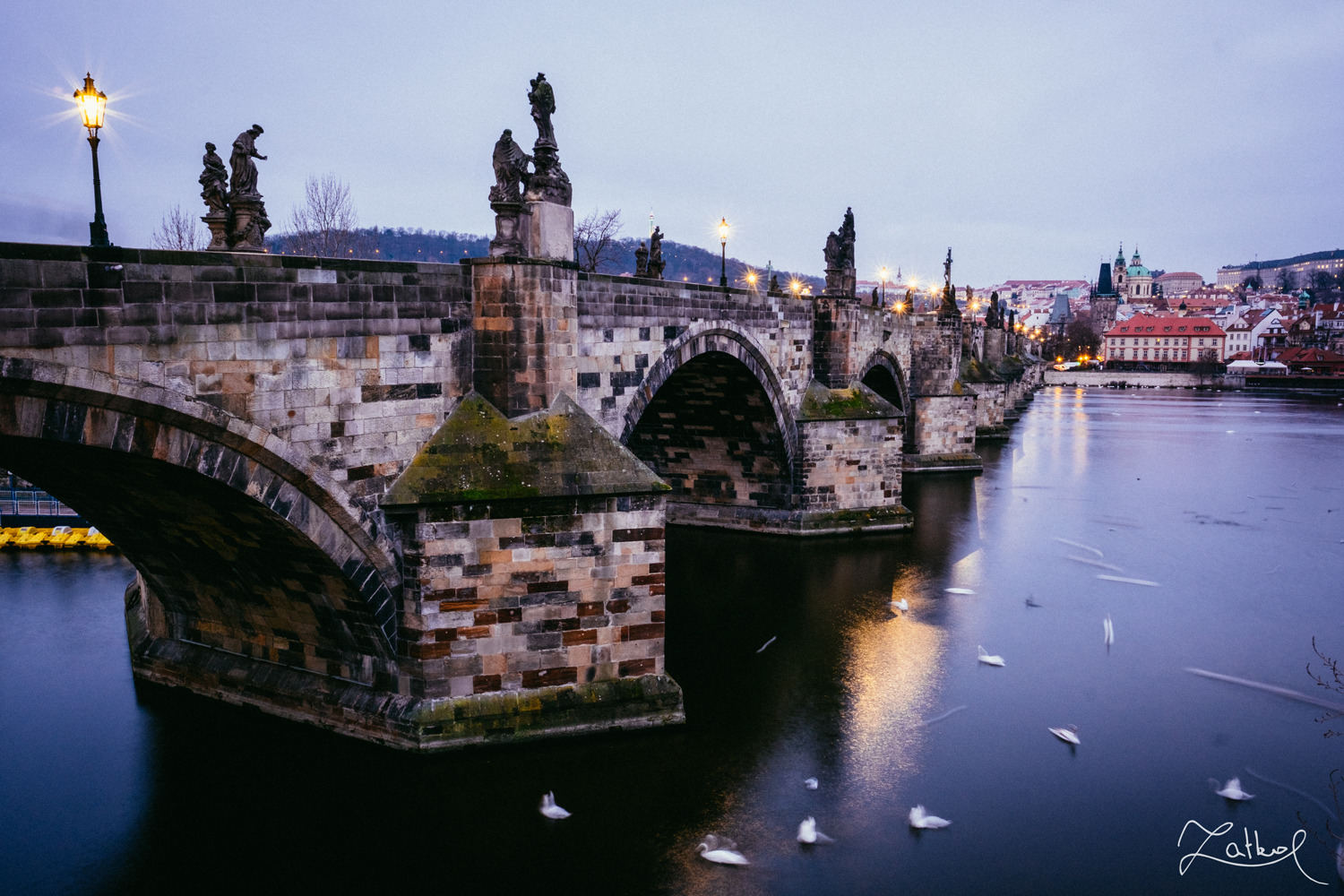

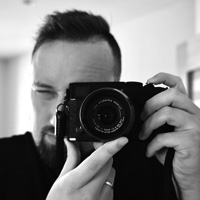
“A street and documentary photographer based in Prague, Czech Republic. I love to capture moments that will inject the soul to photography and catch the viewer’s eye. The best camera is the one you have always with you and therefore I never leave the house without my beloved X100 to be able to capture everything that interests me.”

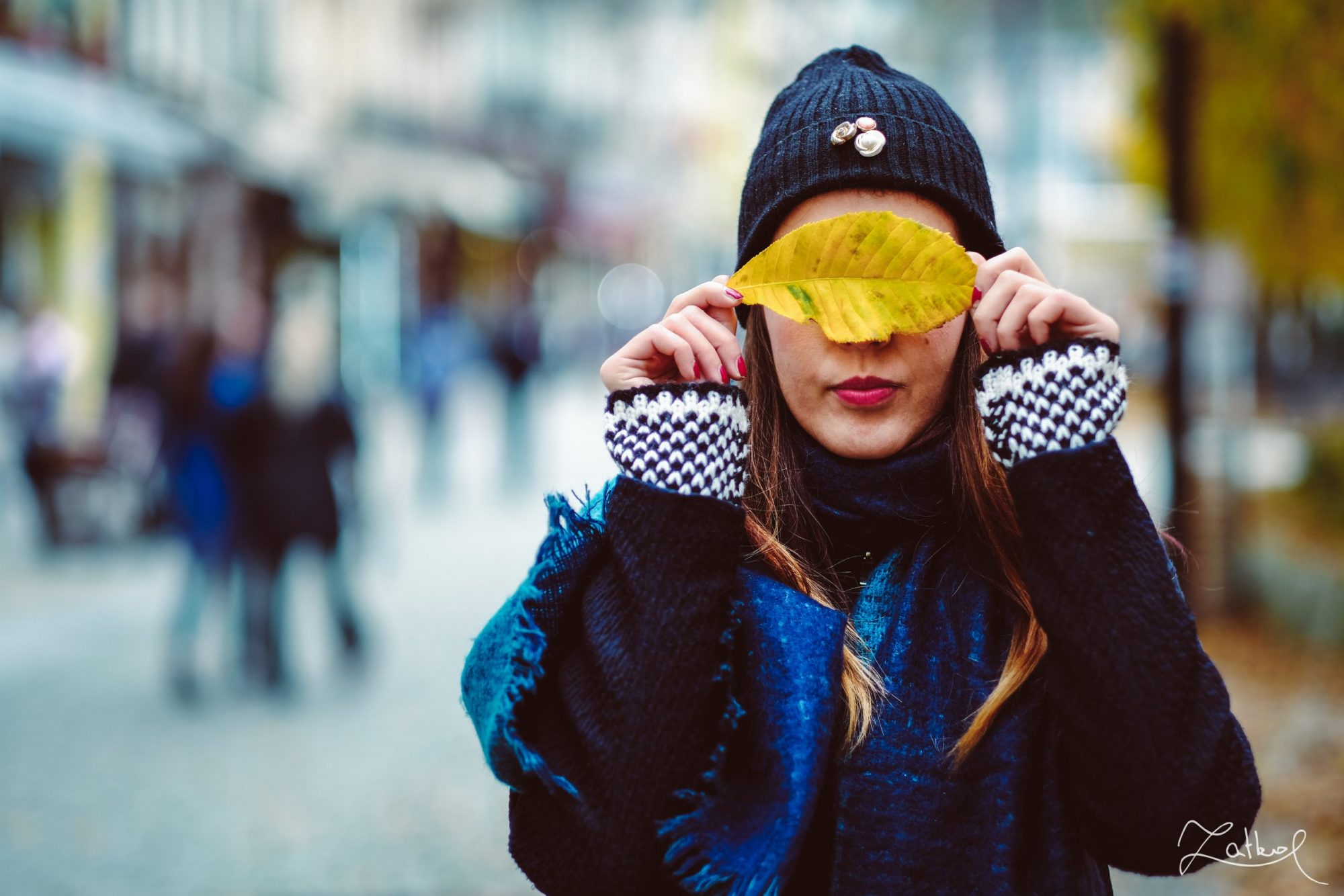
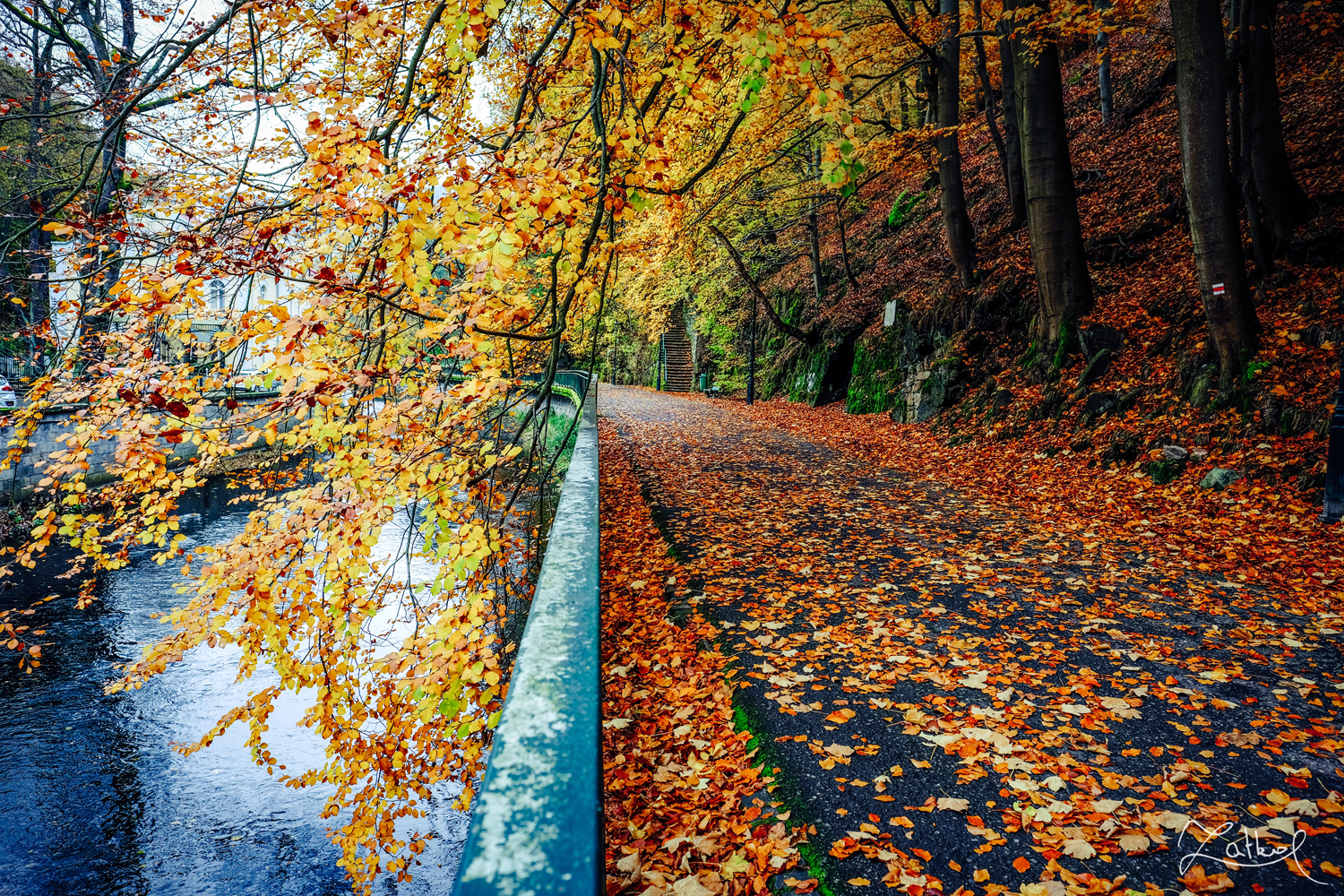
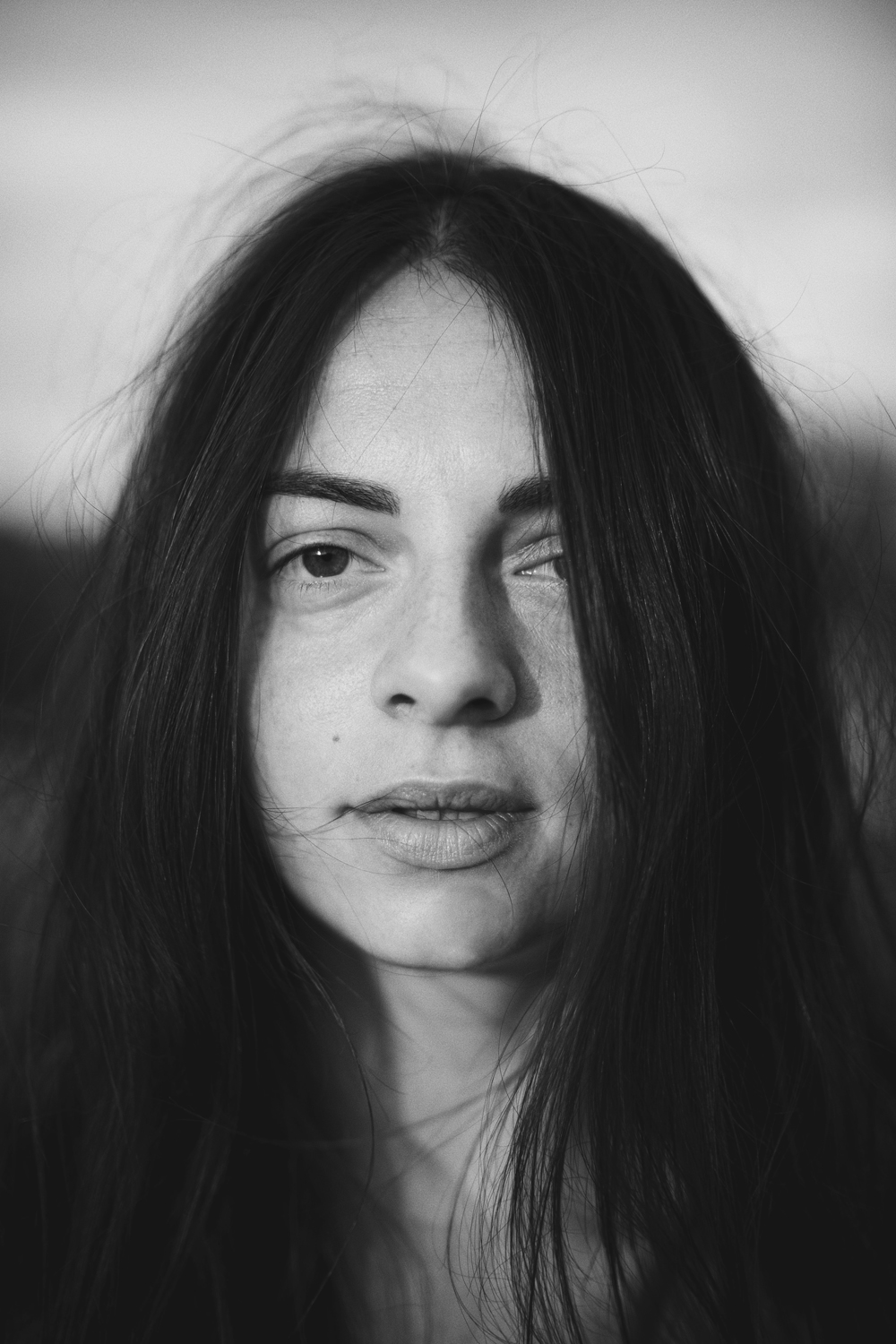



mark casebeer
April 3, 2020 @ 1:28 pm
Thanks for your article. I enjoying seeing and reading about your journey. I think Fuji really understands what photographers want. I also switched from using a DLSR and Fuji has allowed me the freedom to think more about the photograph and less about the camera.